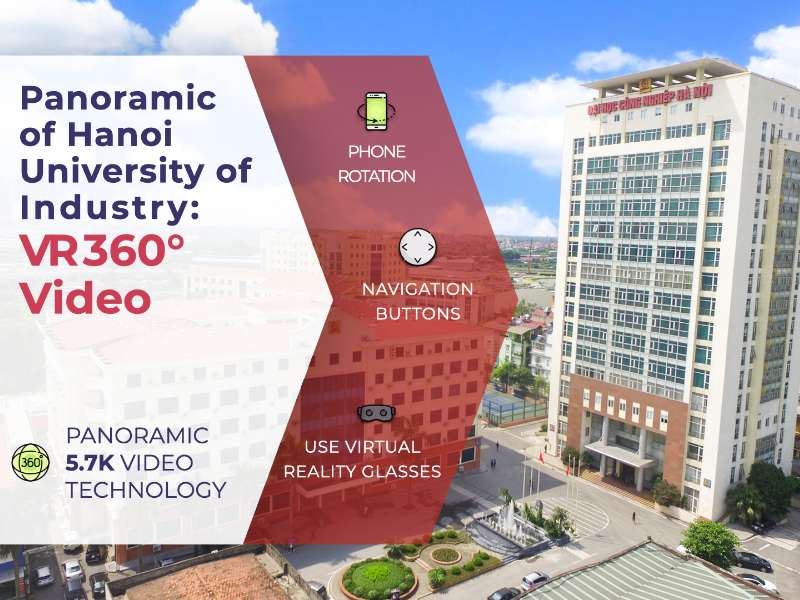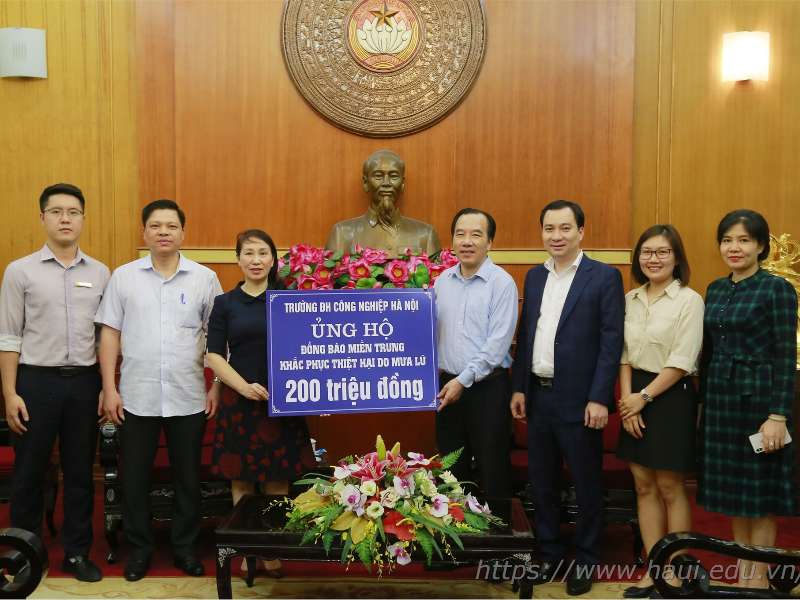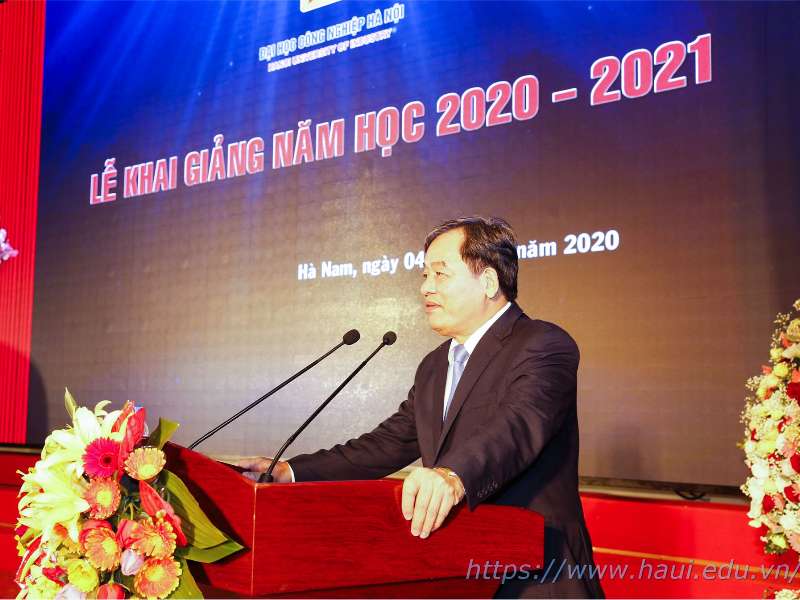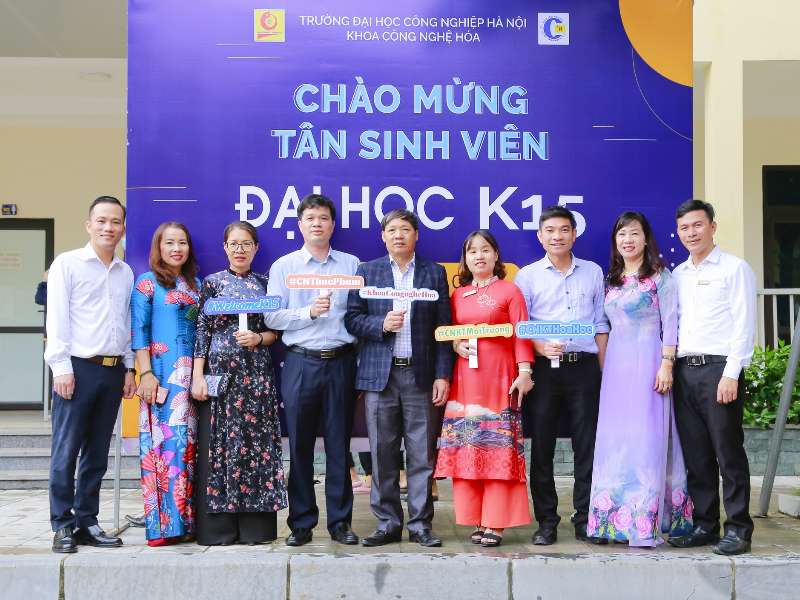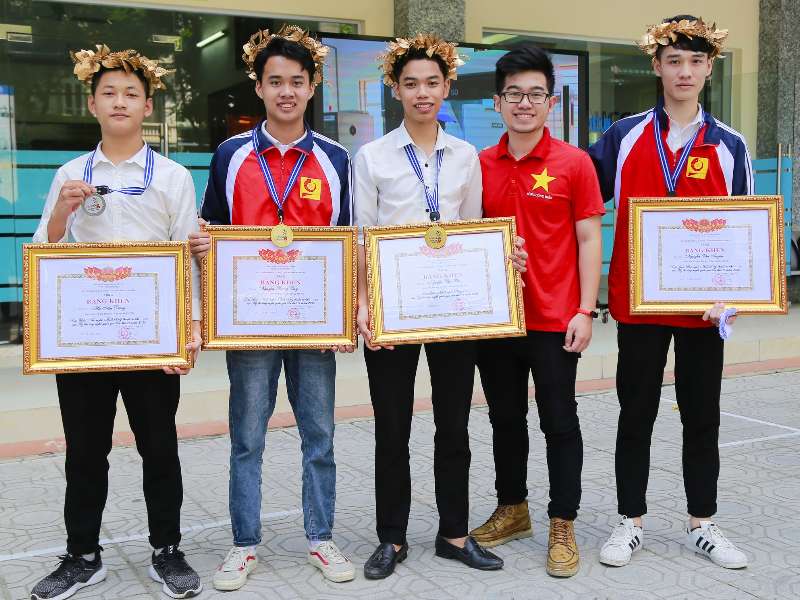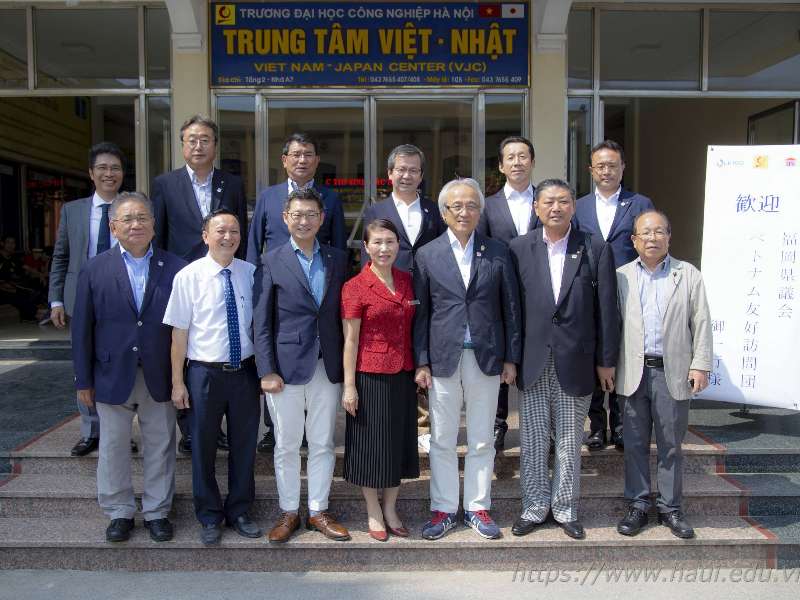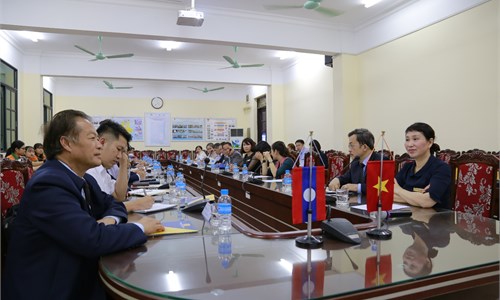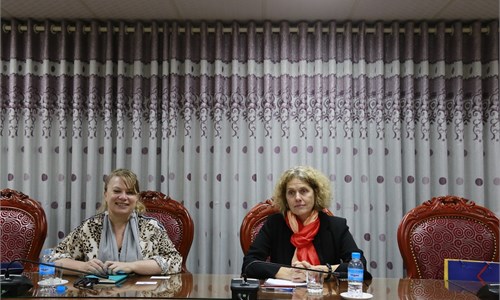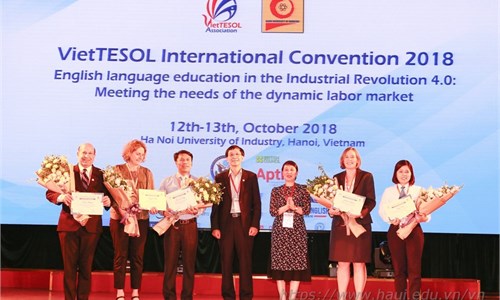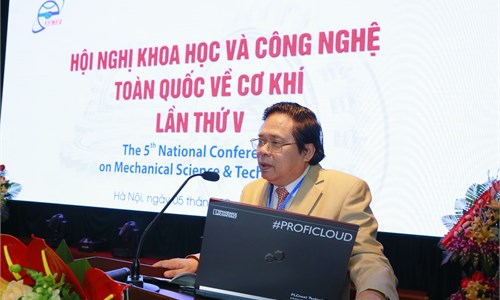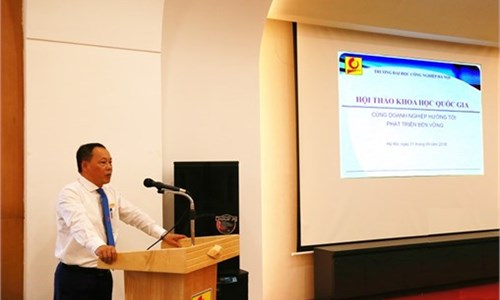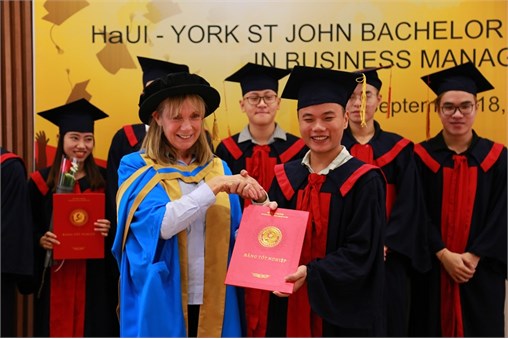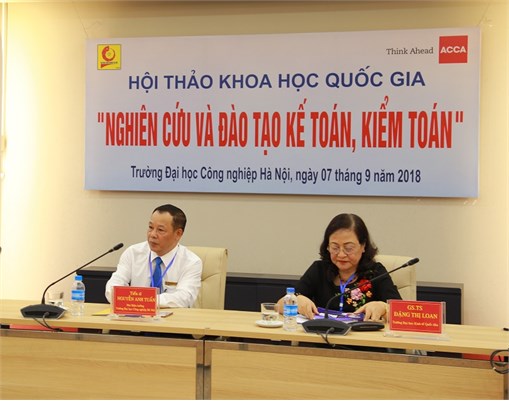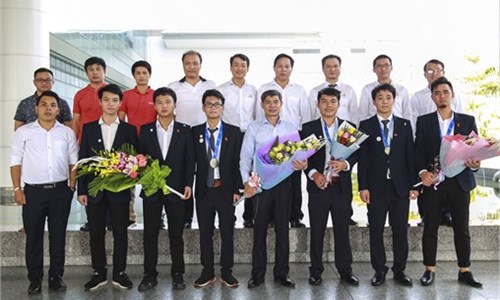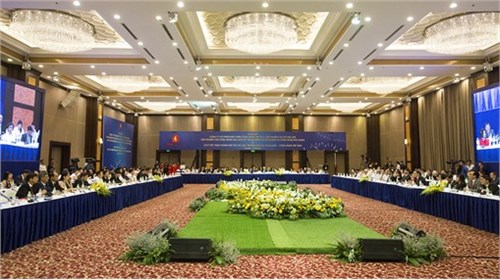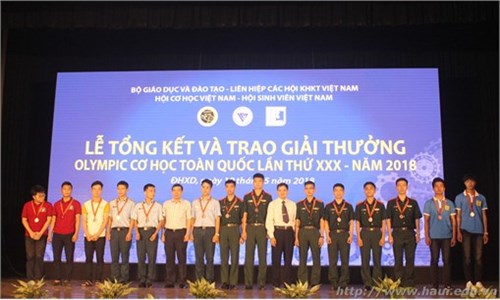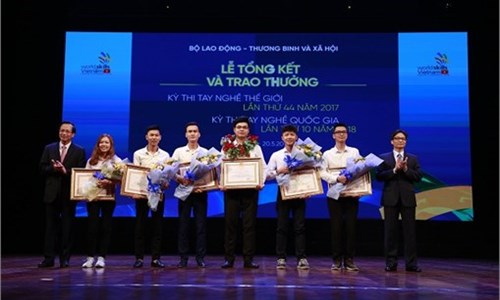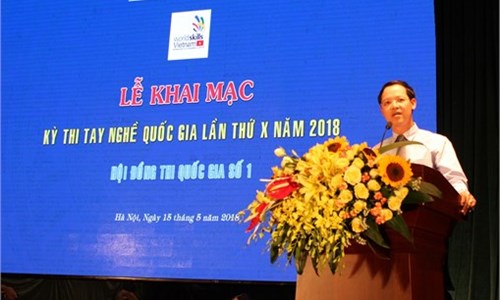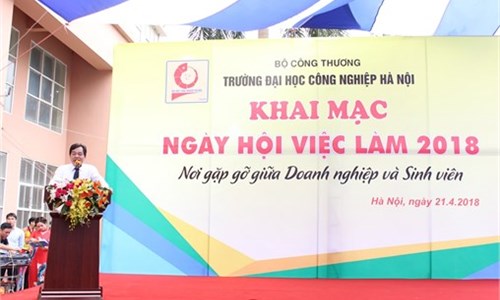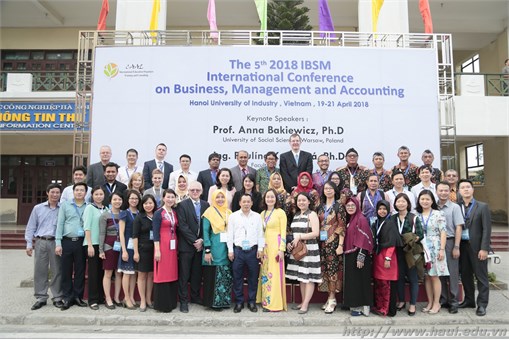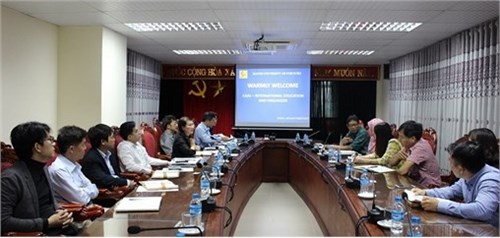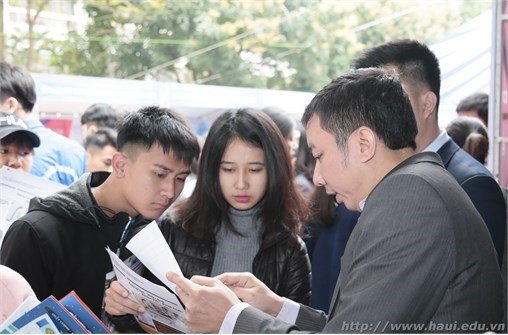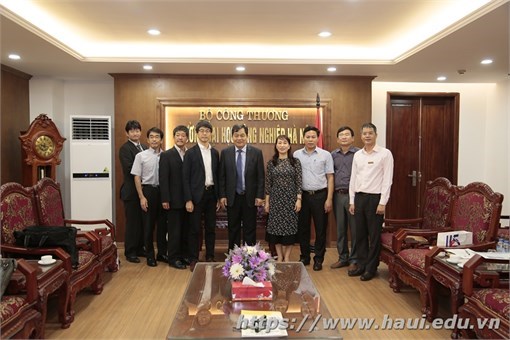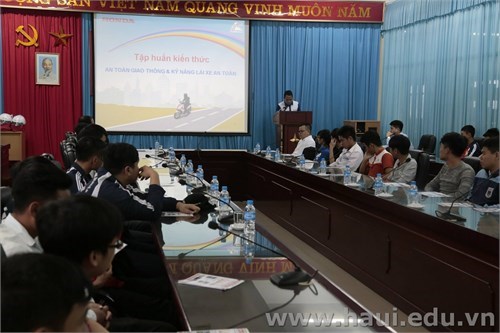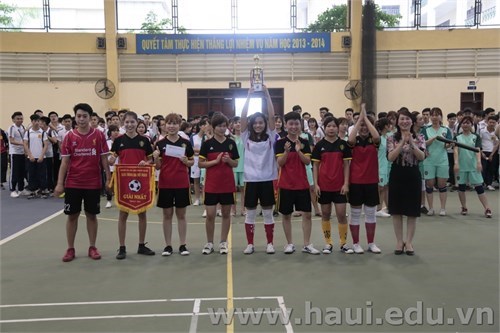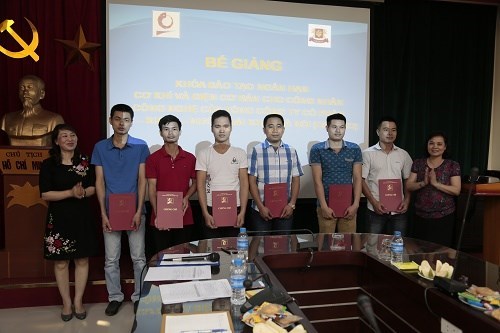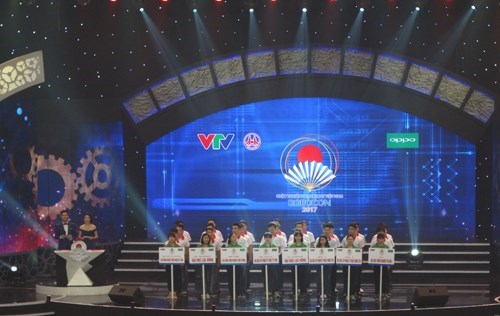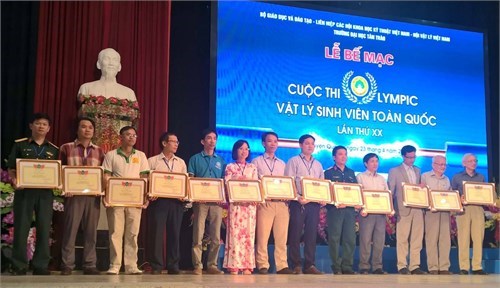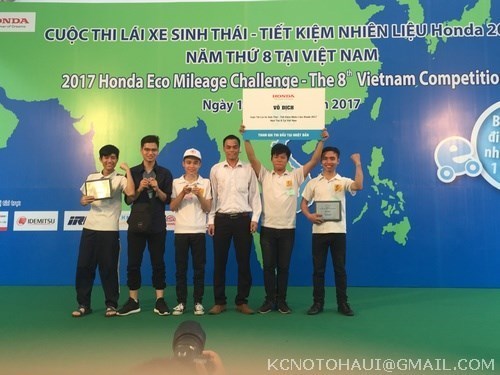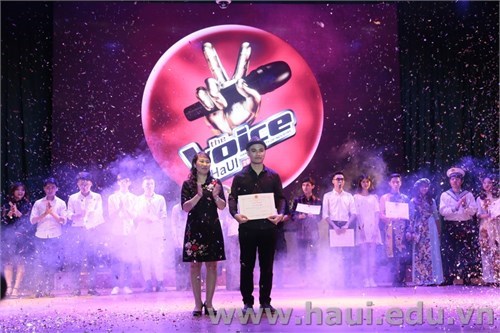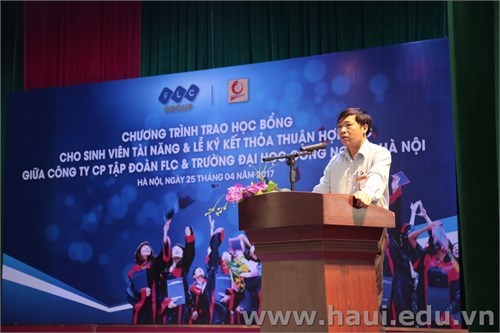A team of students from the Faculty of Electrical Engineering at Hanoi University of Industry has successfully developed Mobile robot to guide the blind people moving indoors
The 15th Student Scientific Research Conference for the 2023–2024 academic year concluded successfully, with 562 research projects conducted by 2,272 students from Hanoi University of Industry. Among these, the project titled “An algorithm for Mobile robot to guide the blind people moving indoors” was highly regarded for its practical application in daily life, its strong humanitarian value, and its service to the community.
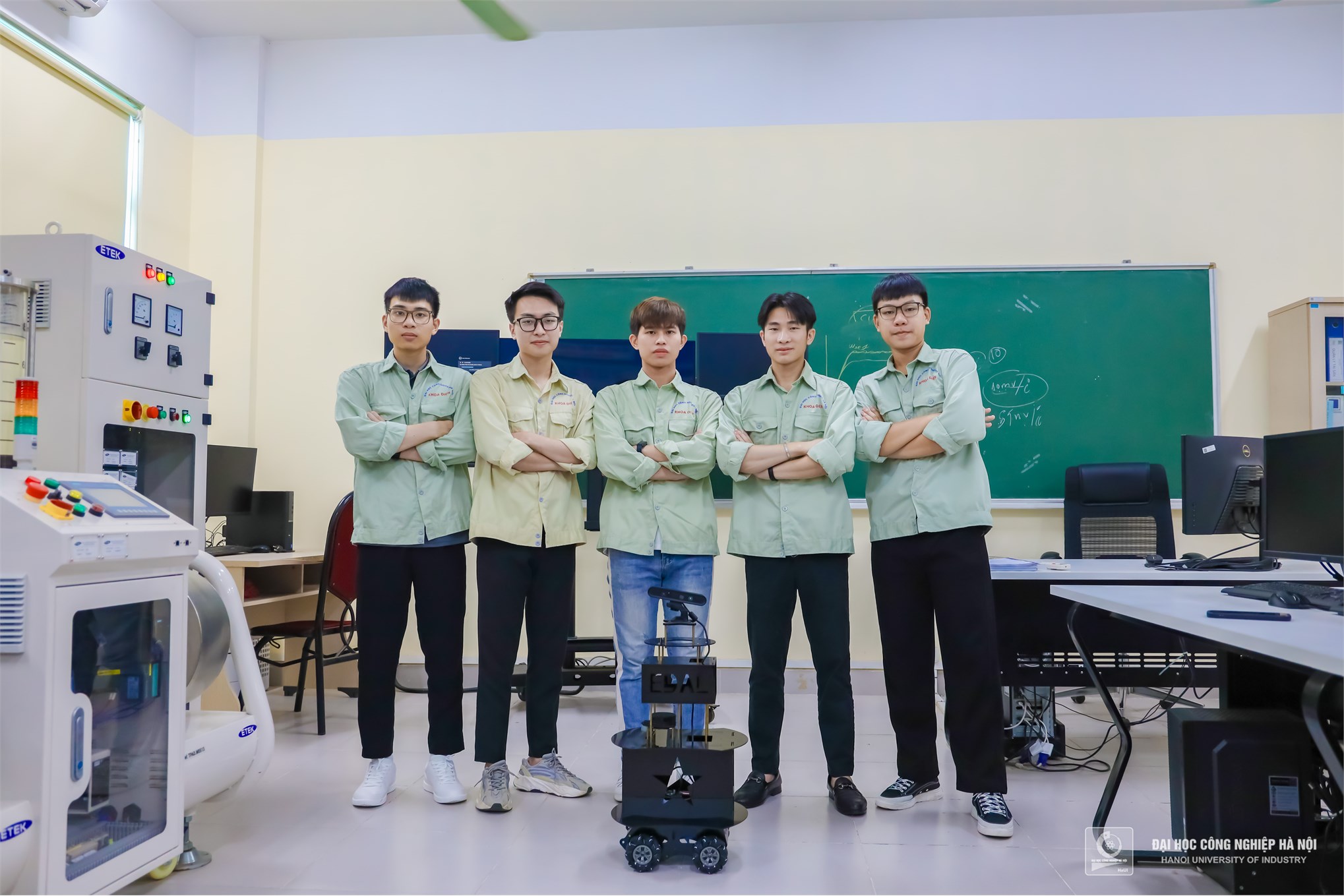
The project titled "Development of a Mobile Robot System to Assist Visually Impaired Individuals in Indoor Navigation Using SLAM Algorithms and Image Processing" was researched and developed by a team of students from the Faculty of Electrical Engineering at Hanoi University of Industry, under the supervision of Dr. Tong Thi Ly. This project earned second place at the 15th Student Scientific Research Conference for the 2023–2024 academic year, organized by Hanoi University of Industry.
EDAL: Where Technology Seamlessly Integrates into the Human Experience
EDAL, an acronym for Empathetic Design and Automated Life, was founded by a group of students currently studying in the Faculty of Electrical Engineering at Hanoi University of Industry, including Nguyen Hung Minh, Nguyen Vu Duy, Nguyen Ly Duc, Nguyen Tien Thang, and Bui Van Sy, under the mentorship of Dr. Tong Thi Ly.
Explaining the rationale behind this unique name, Nguyen Hung Minh, the team leader, shared: EDAL is not merely about integrating automation technology into daily life; it also embodies a human-centered design philosophy. Beyond focusing on performance and technology, EDAL strives to deeply understand human needs and emotions to create meaningful, effective, and sophisticated automated solutions. The ultimate goal of EDAL, as well as the core values of the products that the team is developing, is to deliver a comfortable, convenient, and fulfilling life—where technology seamlessly integrates into every aspect of human experience.
A Humanitarian Innovation for the Community
Beyond its high practical value, EDAL's navigation robot for the visually impaired also embodies profound humanitarian significance, offering numerous opportunities for visually impaired individuals to enhance their quality of life, boosting their confidence and enabling them to live more independently. The research team is committed to contributing to the development of technological solutions that support vulnerable populations in society. Moreover, they hope that through this project, the broader community will develop a heightened awareness of the need to support visually impaired individuals in particular and people with disabilities in general.
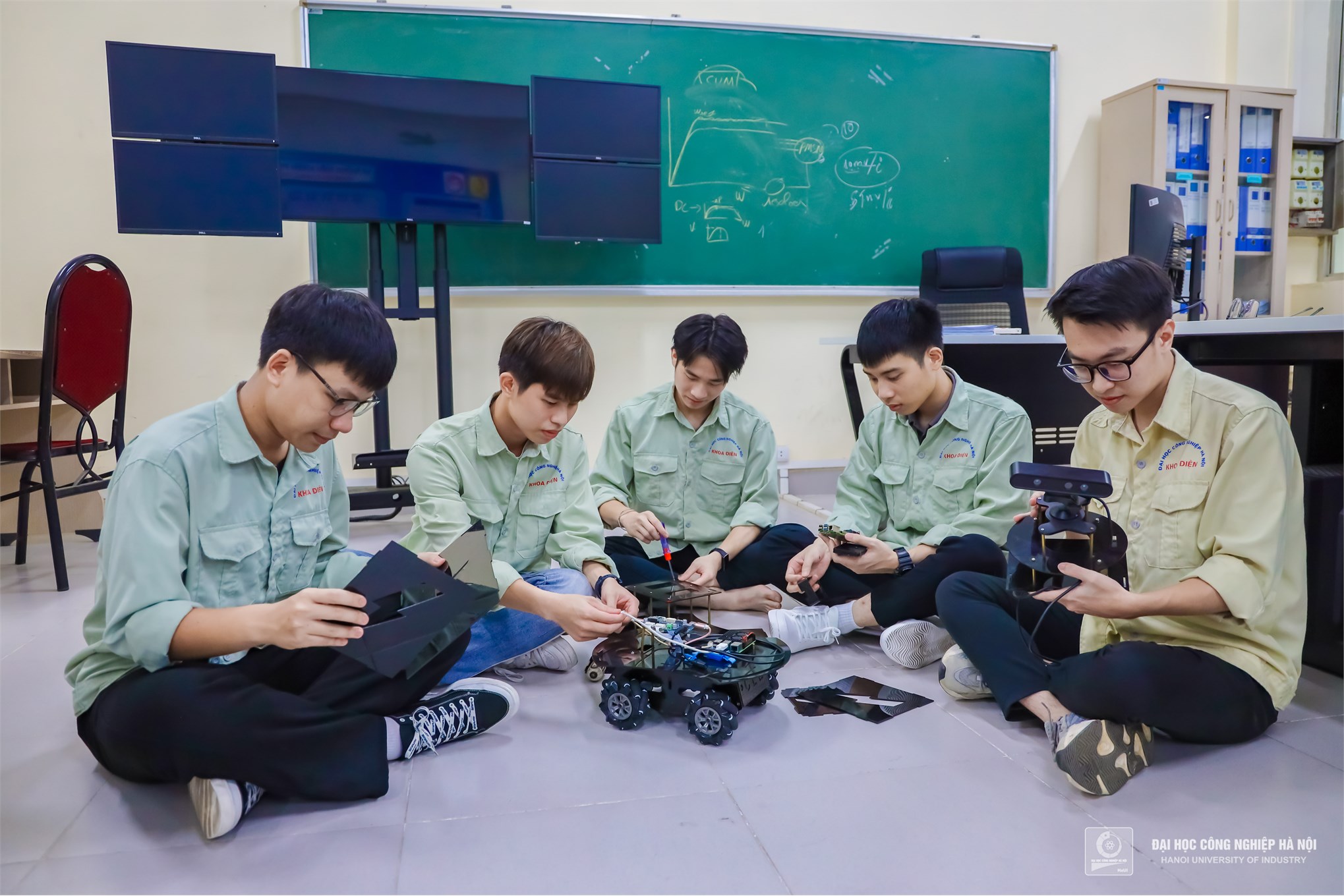 In their research, the team discovered that approximately 314 million people worldwide live with visual impairments, including 45 million blind individuals who require annual check-ups. Notably, the majority of these individuals—accounting for 90%—reside in developing countries where access to healthcare services remains limited, with Vietnam being no exception. Visually impaired individuals face numerous challenges in mobility and daily activities. Although current support solutions, such as canes and guide dogs, are helpful, they still present certain limitations.
In their research, the team discovered that approximately 314 million people worldwide live with visual impairments, including 45 million blind individuals who require annual check-ups. Notably, the majority of these individuals—accounting for 90%—reside in developing countries where access to healthcare services remains limited, with Vietnam being no exception. Visually impaired individuals face numerous challenges in mobility and daily activities. Although current support solutions, such as canes and guide dogs, are helpful, they still present certain limitations.
The development of a navigation robot for the visually impaired is a groundbreaking research area, combining advanced technologies such as data analysis, algorithm processing, and robotics. This project provided the research team with an opportunity to apply their knowledge and challenge themselves in developing a product with high practical application. The success of this navigation robot serves as a foundation for the team to apply and develop new technologies to assist the elderly or other disabled individuals, thereby opening up significant potential for future development.
Leveraging Modern Technology for Optimal Results
During the robot's design process, the student team from the Faculty of Electrical Engineering at Hanoi University of Industry integrated LIDAR technology to map the environment and depth-sensing cameras to analyze the shapes and movements of objects. The robot was then programmed to process this data and provide precise navigation instructions.
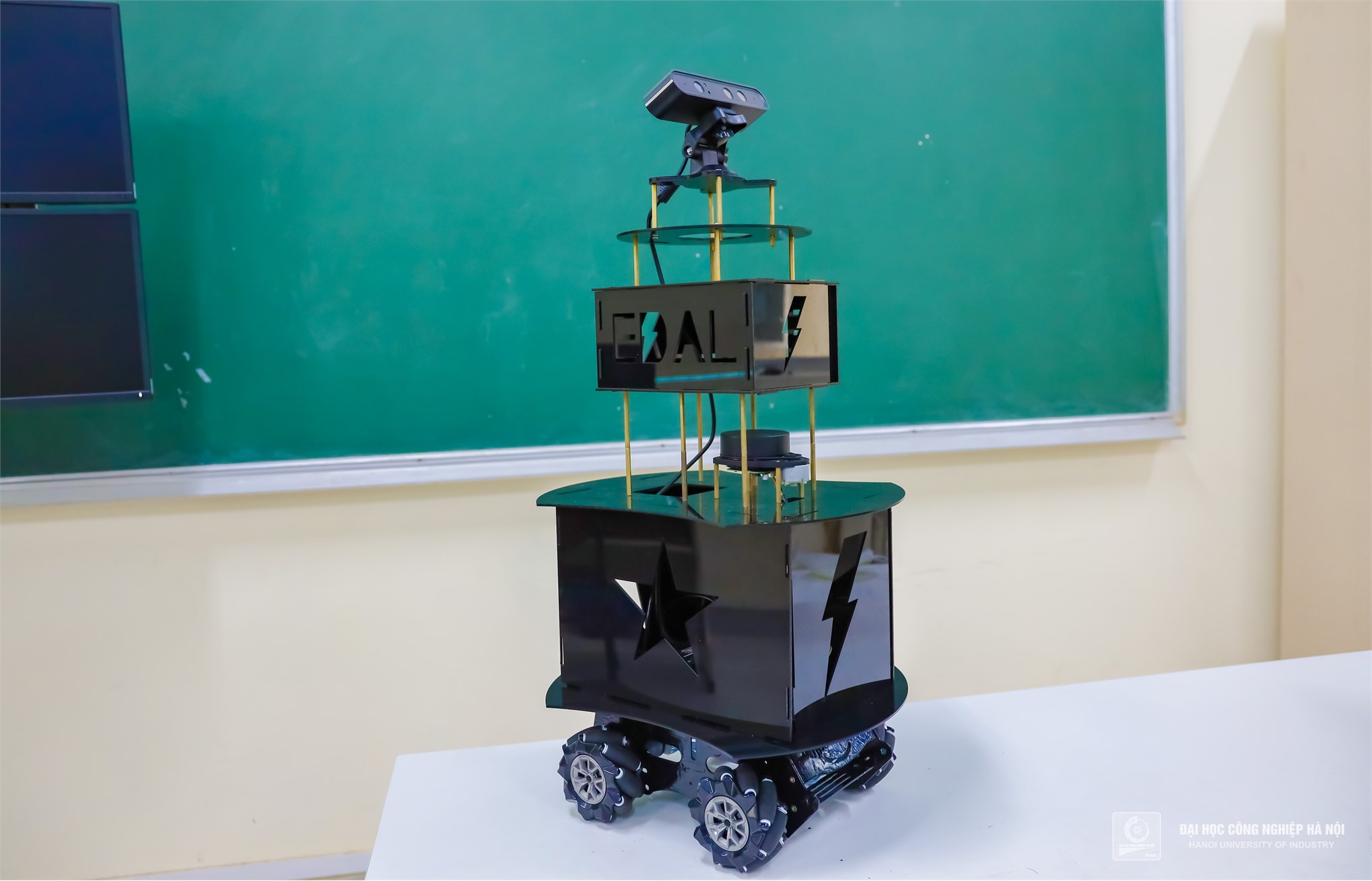
EDAL's mobile Robot for the Visually Impaired
In contrast to other navigation robots for the visually impaired on the market, the EDAL robot boasts several notable advantages in guiding the visually impaired indoors.
Firstly, its two-way interaction mechanism allows the robot to continuously monitor and adjust the user's direction without direct contact, thereby enhancing independence.
Secondly, the robot can detect and avoid moving obstacles, ensuring safety in complex indoor environments. It provides detailed instructions, such as turning left, right, or proceeding straight, helping visually impaired individuals navigate accurately and confidently.
Thirdly, the robot operates efficiently in narrow spaces, does not obstruct the movement of other family members, and does not require assistance from others or additional support devices.
This enables visually impaired individuals to move more flexibly and safely, reducing their dependence on traditional support devices such as canes or guide dogs.
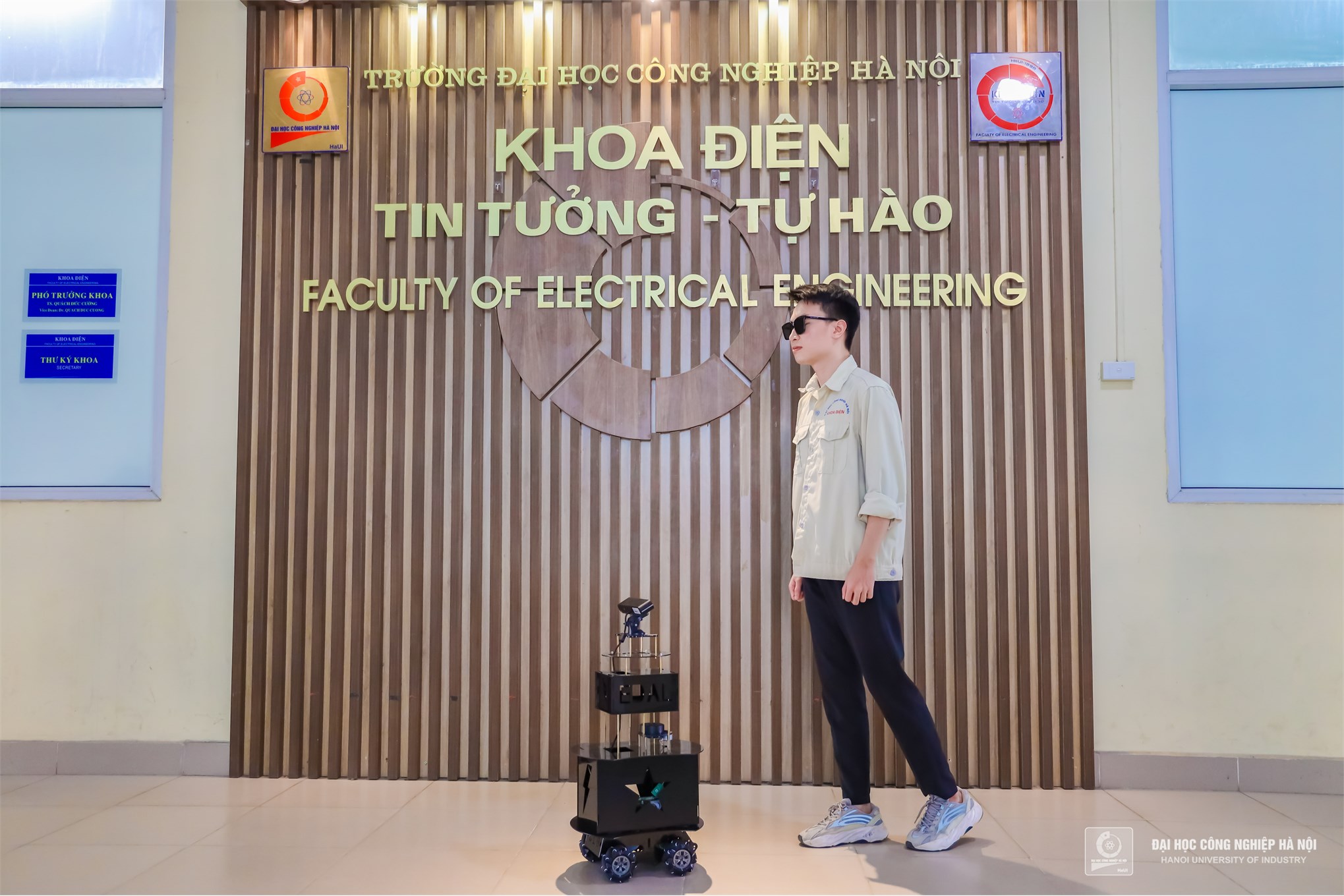
Testing results have shown that the robot effectively supports visually impaired individuals in moving independently and interacting flexibly with their surroundings.

